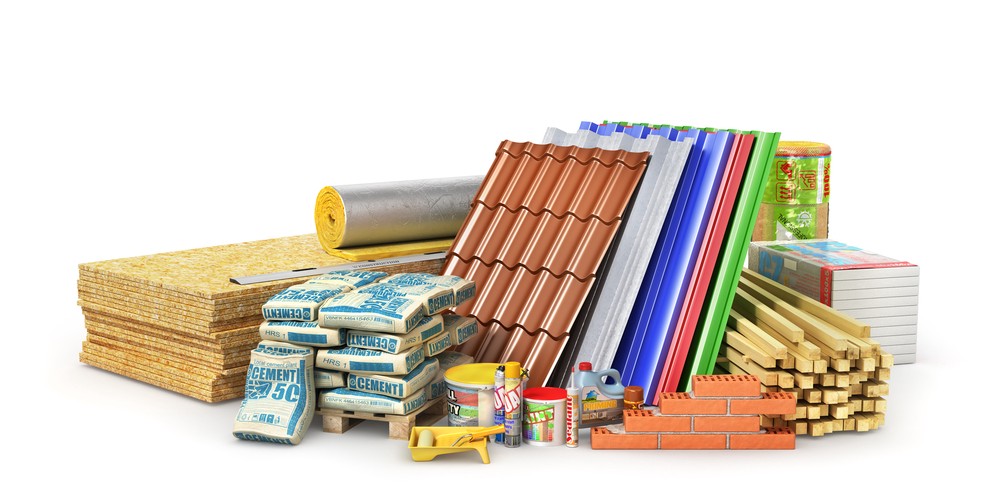How Composites are Altering the Landscape of Building And Construction Products
Wiki Article
Opening the Ecological Advantages of Recycled Compounds in Construction and Style
In the world of construction and style, the usage of recycled composites holds considerable pledge for boosting sustainability methods and lowering ecological effect. The change towards a more sustainable future in these industries hinges on unlocking the complete potential of recycled compounds.
Environmental Impact Reduction
The reduction of ecological effect through using recycled compounds in building and construction and layout plays a critical function in sustainable techniques. By including recycled compounds into structure materials, the construction market can significantly reduce its carbon impact and add to a more green future. These sustainable materials, made from repurposed plastics, timber fibers, or other recycled aspects, offer a feasible option to standard construction products without compromising on high quality or durability.
Recycled composites aid divert waste from garbage dumps and minimize the requirement for removing raw products, thus conserving natural deposits. In addition, the production process of these compounds frequently eats much less energy and discharges less greenhouse gases contrasted to producing virgin materials (composites). This change towards making use of recycled composites not only reduces ecological damage yet additionally advertises a round economy by motivating the reuse of products that would otherwise be thrown out
Waste Minimization
With an emphasis on minimizing waste in construction and style, the assimilation of recycled compounds provides a sustainable remedy to lower environmental influence. Waste minimization is a critical aspect of sustainable techniques, and making use of recycled composites presents a chance to achieve this goal properly. By utilizing materials that have currently offered their initial objective, such as recycled plastics or reclaimed timber fibers, the building and layout industries can dramatically lower the quantity of waste generated and sent out to land fills.Recycled composites have the prospective to draw away substantial quantities of waste from conventional disposal techniques, adding to a much more round economy where sources are used successfully. Additionally, the production procedure of recycled compounds often takes in less energy and produces fewer discharges compared to virgin materials, better reducing the environmental footprint of building and layout jobs.
Implementing waste reduction strategies via the unification of recycled compounds not only aids in conserving natural deposits yet likewise promotes a more lasting technique to building and creating for a greener future.
Energy Conservation
Including recycled composites not only lessens waste in construction and layout yet also plays a vital function in boosting power conservation methods within the industry. Using recycled composites in construction can substantially contribute to power conservation through different ways. The manufacturing of virgin materials commonly needs substantial energy inputs, whereas using recycled composites takes in less energy, thereby lowering total power intake. Additionally, integrating recycled composites can contribute to far better insulation properties in structures, decreasing the need for excessive home heating or air conditioning, and as a result lowering power use for climate control. The lightweight nature of lots of recycled composites can lead to lighter structures, calling for much less power for transport and installment. By advertising using recycled compounds in construction and style, the market can make significant strides towards attaining power efficiency and decreasing its carbon footprint, inevitably adding to an extra lasting built atmosphere.Carbon Footprint Decrease
Enhancing sustainability practices through the utilization of recycled compounds in building and construction and layout dramatically lowers the carbon footprint of the industry. By incorporating recycled products into the production of compounds, the demand for virgin sources decreases, causing lower energy consumption and greenhouse gas emissions associated with standard manufacturing procedures. This decrease in carbon footprint is vital in combating environment modification and advertising a much more eco-friendly method to building and style.In addition, using recycled composites also helps in diverting waste from garbage dumps, consequently alleviating the environmental effect of disposal and promoting a circular economic situation. The carbon footprint decrease attained with the adoption of recycled composites lines up with the international press in the direction of lasting practices and the reduction of industrial emissions. It showcases a commitment to responsible source management and a shift towards greener options in the building and layout industries. Ultimately, by focusing on the integration of recycled composites, the market can additional hints make considerable strides in reducing its carbon footprint and adding to an extra lasting future.
Lasting Future
The integration of recycled compounds in construction and design not only addresses immediate environmental problems but also lays a solid foundation for a lasting future in the industry. By including recycled composites into structure products and products, the construction and style markets can dramatically reduce their dependence on virgin resources, bring about a more circular economic climate. This change towards sustainability is essential for alleviating the environmental influence of standard building practices, which typically result in high levels of waste generation and source deficiency.

Verdict
Finally, recycled compounds supply significant ecological benefits in building and design by minimizing ecological influence, minimizing waste, saving energy, reducing carbon footprint, and advertising a lasting future. Embracing making use of recycled composites can contribute to a more environmentally-friendly method to building and style, inevitably causing a more lasting and greener future for all.The reduction of environmental influence with the use of recycled compounds in construction and layout plays a critical duty in sustainable methods.With a focus on decreasing waste in building and layout, the combination of recycled compounds uses a lasting service to minimize environmental impact. By advertising the use of recycled composites in building and style, the market can make considerable strides in the YOURURL.com direction of attaining energy efficiency and lowering its carbon footprint, inevitably adding to a much more sustainable constructed environment.

Report this wiki page